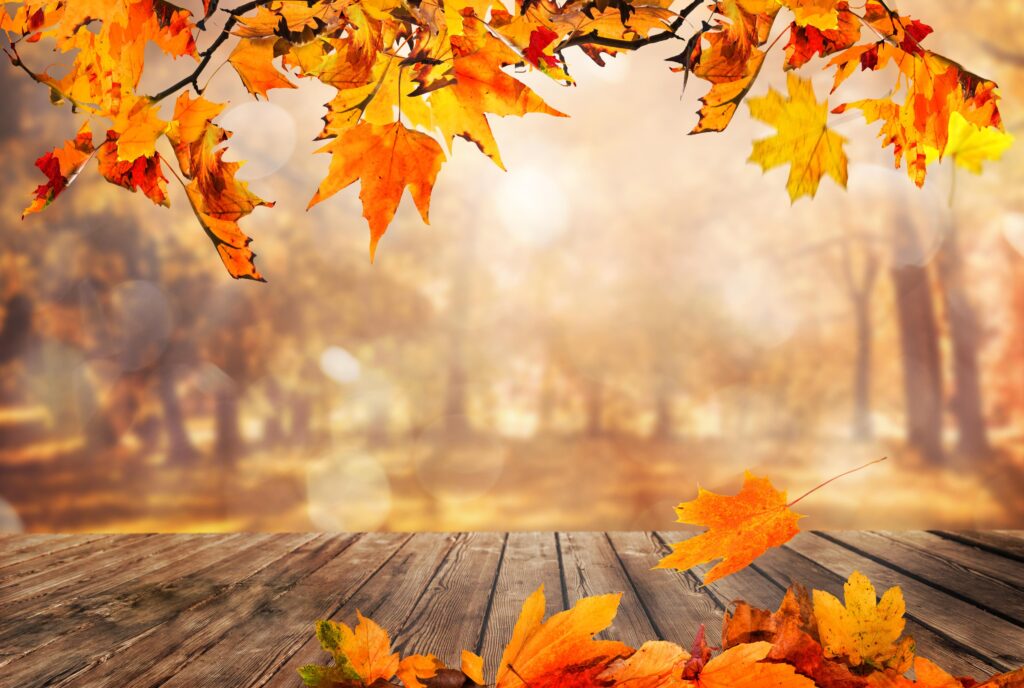As the calendar flips to late September, many anticipate the arrival of fall with its crisp air and vibrant foliage. But why does the season officially begin on September 22? The answer, it turns out, is rooted in astronomy and ancient tradition-and may not be as straightforward as you think. In this article, the Bergen Record unpacks the surprising science and history behind the fall equinox, shedding light on what truly marks the start of autumn.
The Astronomical Reason Behind Fall Starting on September 22
Every year, the transition from summer to fall is marked by a moment in time known as the autumnal equinox, which typically falls on September 22. This astronomical event occurs when the sun crosses the celestial equator, making day and night roughly equal in length across the globe. Unlike popular belief that the change of seasons is tied to calendar dates alone, it is this precise alignment between Earth’s tilt and orbit around the sun that dictates the official start of fall.
Here’s why this celestial phenomenon is so significant:
- Earth’s axis is tilted at approximately 23.5°, affecting sunlight distribution.
- The sun appears to “stand still” at the equator before heading southward.
- Daylight hours decrease, signaling a shift toward cooler temperatures.
| Event | Date Range | Sun’s Position | |||||||||||||||||||||||||||||||||||||
|---|---|---|---|---|---|---|---|---|---|---|---|---|---|---|---|---|---|---|---|---|---|---|---|---|---|---|---|---|---|---|---|---|---|---|---|---|---|---|---|
| Summer Solstice | June 20-22 | Northernmost point | |||||||||||||||||||||||||||||||||||||
| Autumnal Equinox | September 22-23 | Crossing celestial equator | |||||||||||||||||||||||||||||||||||||
| Winter Solstice | December 20-23 |
Every year, the transition from summer to fall is marked by a moment in time known as the autumnal equinox, which typically falls on September 22. This astronomical event occurs when the sun crosses the celestial equator, making day and night roughly equal in length across the globe. Unlike popular belief that the change of seasons is tied to calendar dates alone, it is this precise alignment between Earth’s tilt and orbit around the sun that dictates the official start of fall. Here’s why this celestial phenomenon is so significant:
|
